One of the most common mistakes rookie backpackers make is choosing the wrong shoes for their hiking trips. Thanks to this decision, many rookie backpackers never enjoy their first trip, which results in them swearing off hiking.
But this shouldn't be the case.
Having the right shoes helps you avoid pain, sores, and blisters; therefore, increasing the chances of you enjoying your trip.
But how do you know how to choose hiking shoes?
This article answers this question. In this post, you'll learn what to look for when shopping for hiking boots. This way, you'll avoid the pain and blisters that come with choosing the wrong boots.
But first, let's understand the different types of hiking boots on the market.
Table of Contents
Types of Hiking Foot Wear
Most hiking footwear will fall under one of the following categories
Hiking Shoes
Hiking shoes are low-cut, flexible, and lightweight shoes that you can wear around town or for long walks in the local park.
You may be wondering, "what's the difference between trail runners and hiking shoes?"
Well, hiking shoes have a more rigid design which allows more stability and protection. They are also more durable than trail running shoes.
Hiking shoes are not recommended if you plan to hike in the mountains or on ungroomed trails.
This is because they don't offer ankle support.
But if you plan to hike in relatively flat terrain and for short periods, hiking shoes are the best choice for you.
Lightweight Hiking Boots
Also known as day hiking boots, these boots are lightweight and come in mid and high-cut styles.
If you're looking for a high-quality boot at an affordable price, a day boot is a great choice.
With these boots, you don't have to worry about rolling over your ankles when walking.
If you're planning a weekend-long hike, a hike on a technical trail or a day hike with a light pack, lightweight hiking boots are the way to go.
And here's the best part,
Most of these boots are water-resistant and are more durable than hiking shoes.
Mountaineering Boot
Generally a bit stiffer and costlier than day boots, mountaineering boots are great for handling heavier loads and harsher terrains.
If you plan to hike in rocky terrain or snowy paths, these are the hiking shoes for you.
A downside with these shoes is that they aren't very breathable and take a bit of time to break-in.
Backpacking Boots
Backpacking boots are great for multi-day hikes.
These heavy hitters are designed to withstand the most challenging terrain, even when carrying a 50L backpack.
These types of boots are usually high-cut and are stiff to help prevent ankle fatigue. The stiff midsole also helps to prevent foot fatigue.
The downside is that they are heavy and take a bit of time to break into.
Now that you know the different types of hiking boots, let's look at what to look for when buying boots.
What To Look for When Buying Hiking Boots
Boot Upper Material
The material used to make your boot will determine its weight, water resistance, durability, and breathability.
In most instances, hiking boots are made using full-grain leather, split-grain leather, or synthetic materials.
Full-grain leather is mainly used to make heavy-duty and mountaineering boots. This material is durable and perfect for boots intended for rigorous hiking activity. However, it's cumbersome and less breathable.
Split-grain leather is made using a combination of leather and synthetic materials. Shoes made using this type of leather are cheaper, more breathable, and lighter. The downside is that these shoes aren't as water-resistant and aren’t as durable as those made from full-grain leather.
Shoes made from synthetic materials aren't the best for long hikes in rugged terrain. These shoes are easy to break in, light, are more breathable, and dry faster. However, hiking shoes made from either polyester or nylon aren't water-resistant.
Sole Material
The sole provides cushioning and protects your feet from shock.
When choosing shoes, there are three types of soles to choose from:
EVA (Ethylene Vinyl Acetate): Known for providing excellent cushioning, this is the most common type of sole for hiking boots. The downside with EVA is that they wear out faster.
Polyurethane: A more expensive option, polyurethane soles are the most durable and provide excellent shock absorption. The downside to this type of sole is that it's not as breathable.
Rubber: Rubber is mainly used to make the outsole of all hiking boots. Heavier hiking boots have carbon incorporated in the rubber to promote more durability.
Boot Fit
The other consideration to make for when shopping for hiking boots is how the boot fits.
When shopping for boots, make sure you know your foot length and width.
A tip to ensure you get the best length is to measure the innersole. When you stand on the insole, the distance between the tip of your big toe and the end of the insole should be equal to the width of your thumb.
To ensure you get the best width, you'll have to wear the boot and lace it up. A boot with the correct width will feel a bit snug but will offer enough room to wiggle your toes.
If all this is too much, get a boot size larger than your everyday shoe.
The Cut
When shopping for hiking shoes, you get the choice of three cuts.
Low-Cut
A low-cut shoe is excellent for casual hikes on well-maintained trails and walks around the local park. However, for tougher terrain, a low-cut shoe puts your ankle at the risk of injury.
With low-cut shoes, small rocks and pebble are likely to get in your shoe, which makes your hike uncomfortable.
Mid-Cut Hiking Shoes:
Mid-cut boots provide a nice balance between low and high-cut shoes.
A mid-cut shoe offers more protection than a low cut while still having enough space for your foot to move around.
This type of shoe is best if you plan on hiking on some rocky trails or rough terrain where the added ankle support has greater benefit.
High-Cut Hiking Shoes:
An ideal option for those wishing to get extra ankle support, high-cut shoes offer the most protection.
A high-cut hiking shoe is great for someone looking to hike in uneven and unstable terrain with loose rocks.
Your Budget
How much money are you willing to spend on your hiking boots?
The price of boots varies depending on the material used and how much protection you want for your feet.
A good pair of hiking boots won't come cheap, but they are an investment in your feet! If you can afford a quality boot up front, then do so because they'll last much longer and put less stress on your foot.
If cost prohibits making that initial purchase right away, try looking for a high-quality second-hand pair.
Bonus Hiking Footwear Tips
Try Boots at the End of the Day
If you're shopping for boots, try them on at the end of the day to see how they feel after your feet expand due to being active.
Give Your Boots a Test Run
After buying boots, make sure to test them around the house or on a short hike around town.
The last thing you want is for your feet to start hurting after hiking for miles because of ill-fitting shoes!
So, make sure you break into your shoes before a long hike.
When you do this, make sure to have your hiking socks on.
Walk on an Inclined Surface
If you're testing your boots, make sure to walk on an inclined surface.
This way, you'll know what it feels like when walking up a hill or down one from the perspective of your feet and ankle joints!
Our Recommendation on the Best Hiking Boots
With so many hiking boots companies in the market, choosing the right pair can be a daunting process.
However, there are several companies known to produce high-quality hiking boots. One of these companies is Danner boots.
Having been in the hiking boots business for nearly a century, Danner boots have perfected the craft of making high quality boots for any adventure.
Whether you’re looking for hiking shoes, waterproof hiking boots, or mountaineering boots, the Danner boots online store has you covered.
Any Further Questions?
There you go!
A definitive guide on how to choose hiking boots.
Do you have any advice on other factors to consider when choosing hiking boots? Please share it in the comment section below. Do you have any questions on how to choose hiking boots? Ask them in the comments section below.
And if you're looking for high-quality hiking apparel, check out our online store here.
Upwards and onwards with Northbound Gear.
Read more
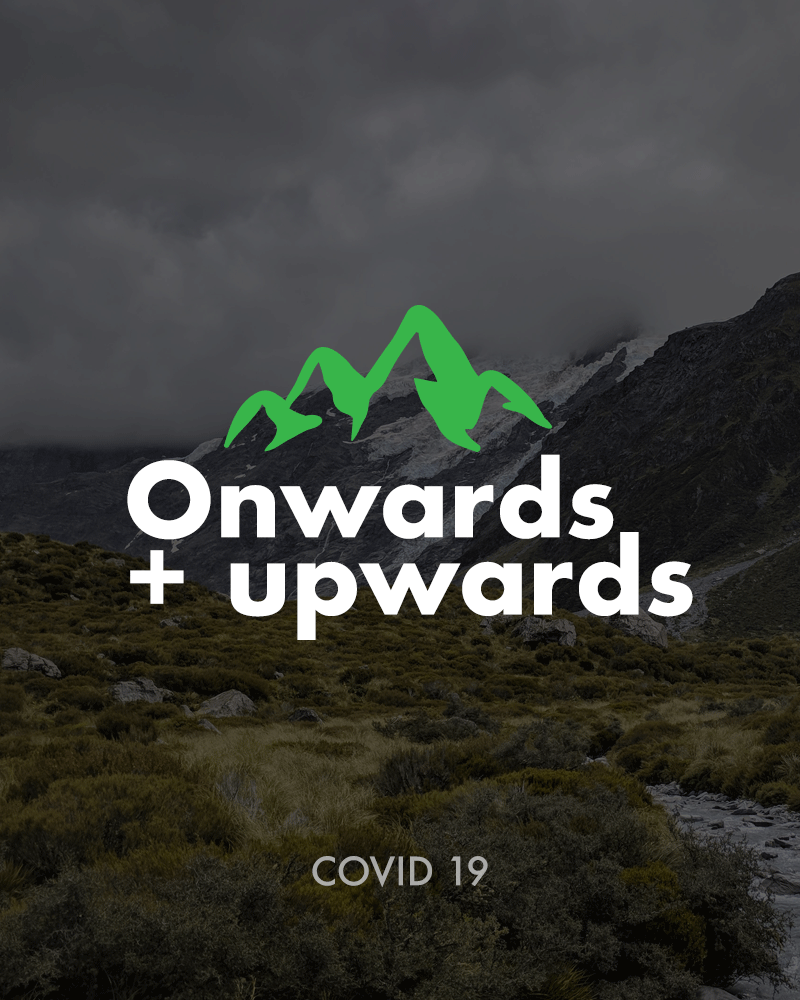
I want you to think about your routine once you come home from a shopping trip. What do you do with the packaging? Do you cram it with other shopping bags beneath your kitchen sink, or do you toss...

Welcome to our exploration of Canada's premier hiking destinations, presented by Northbound Gear. As a country renowned for its expansive wilderness, captivating landscapes, and varied ecosystems, ...
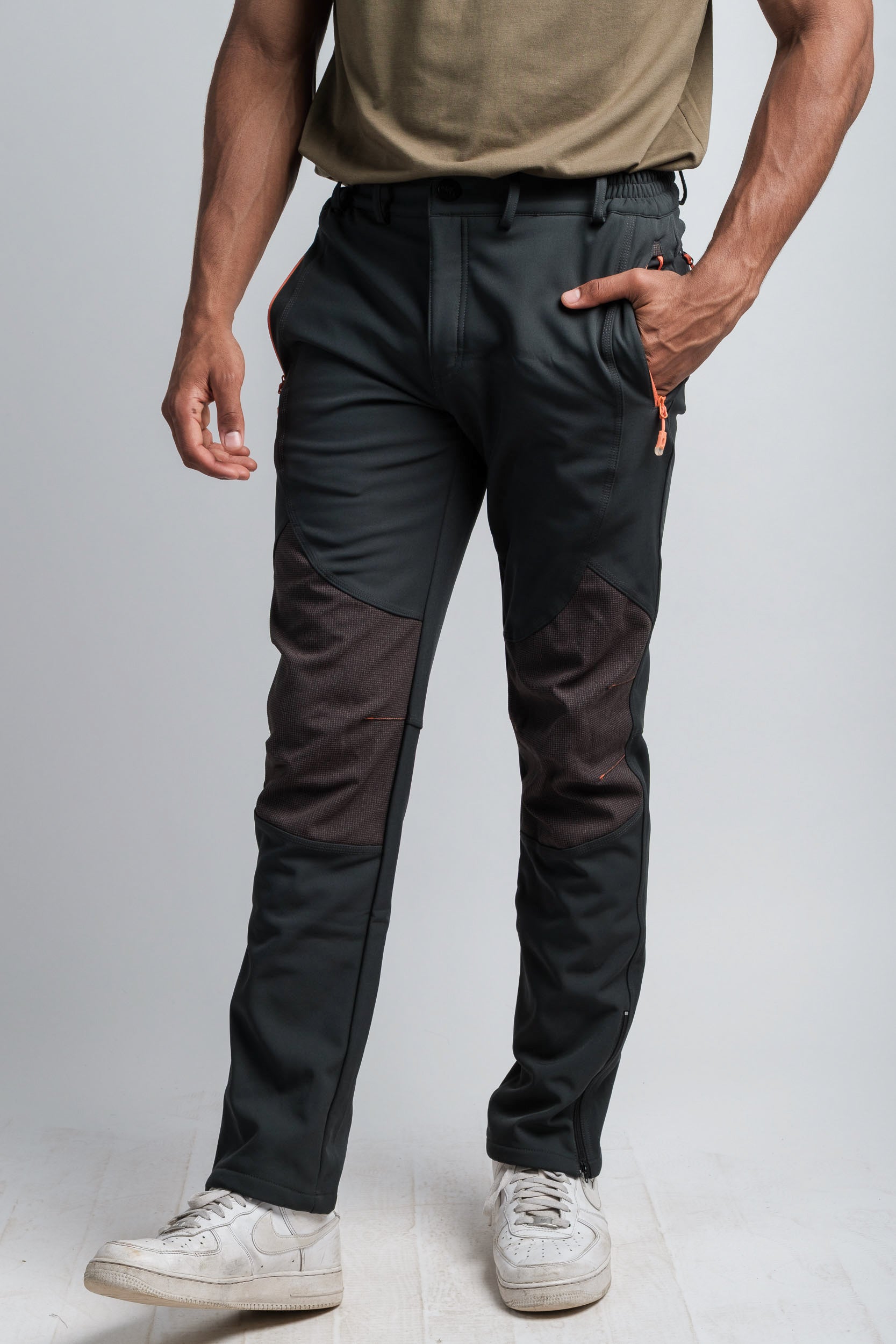
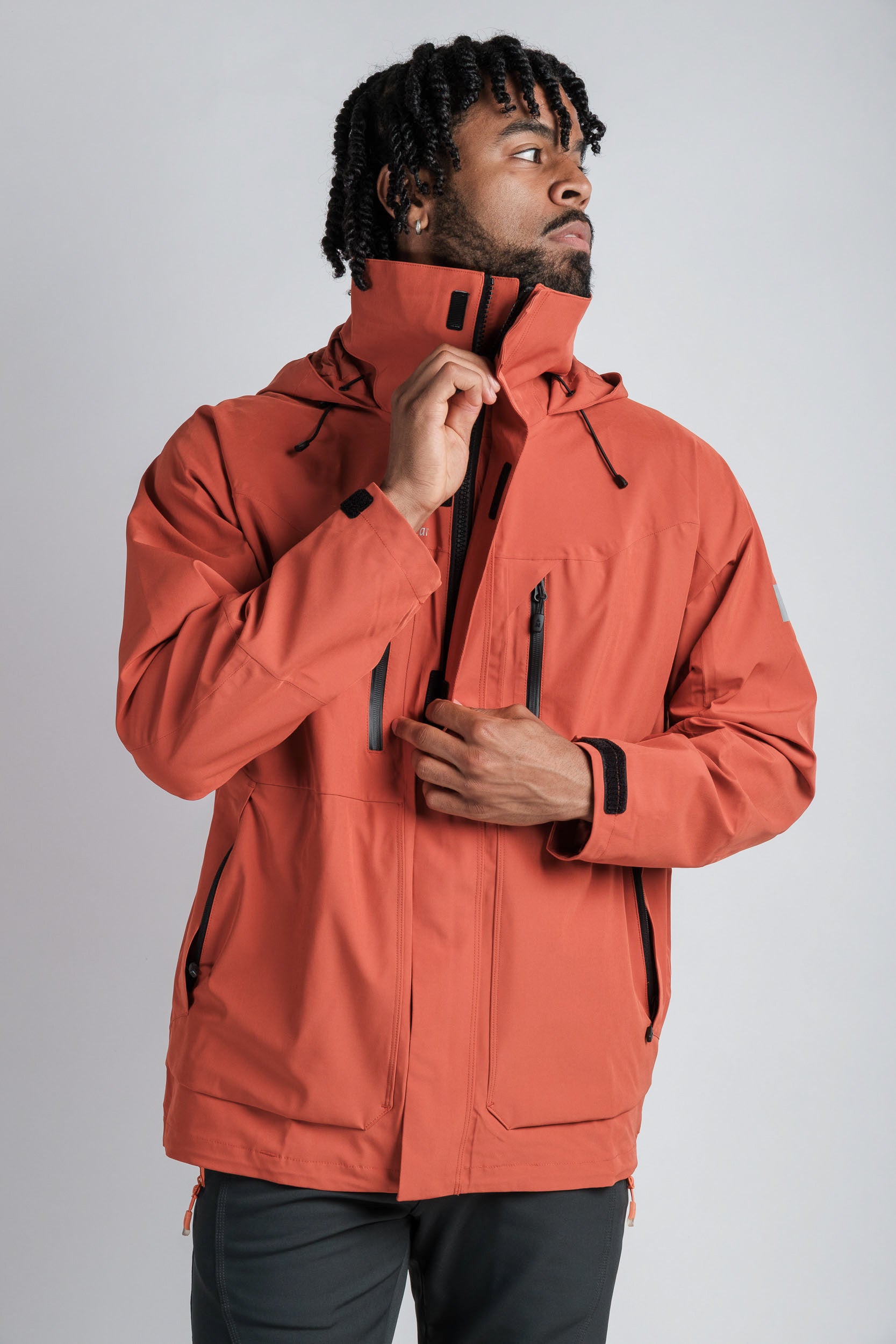
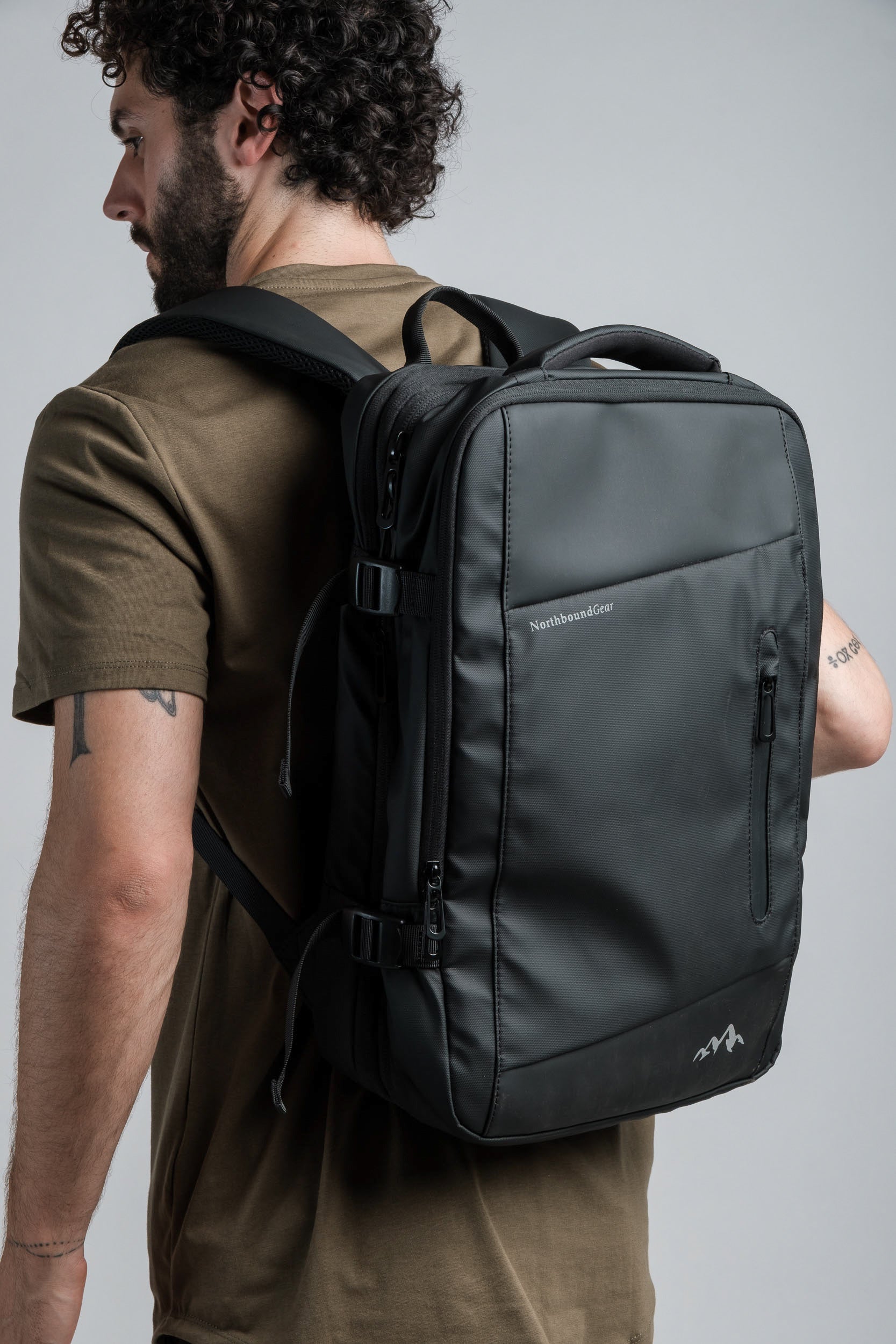
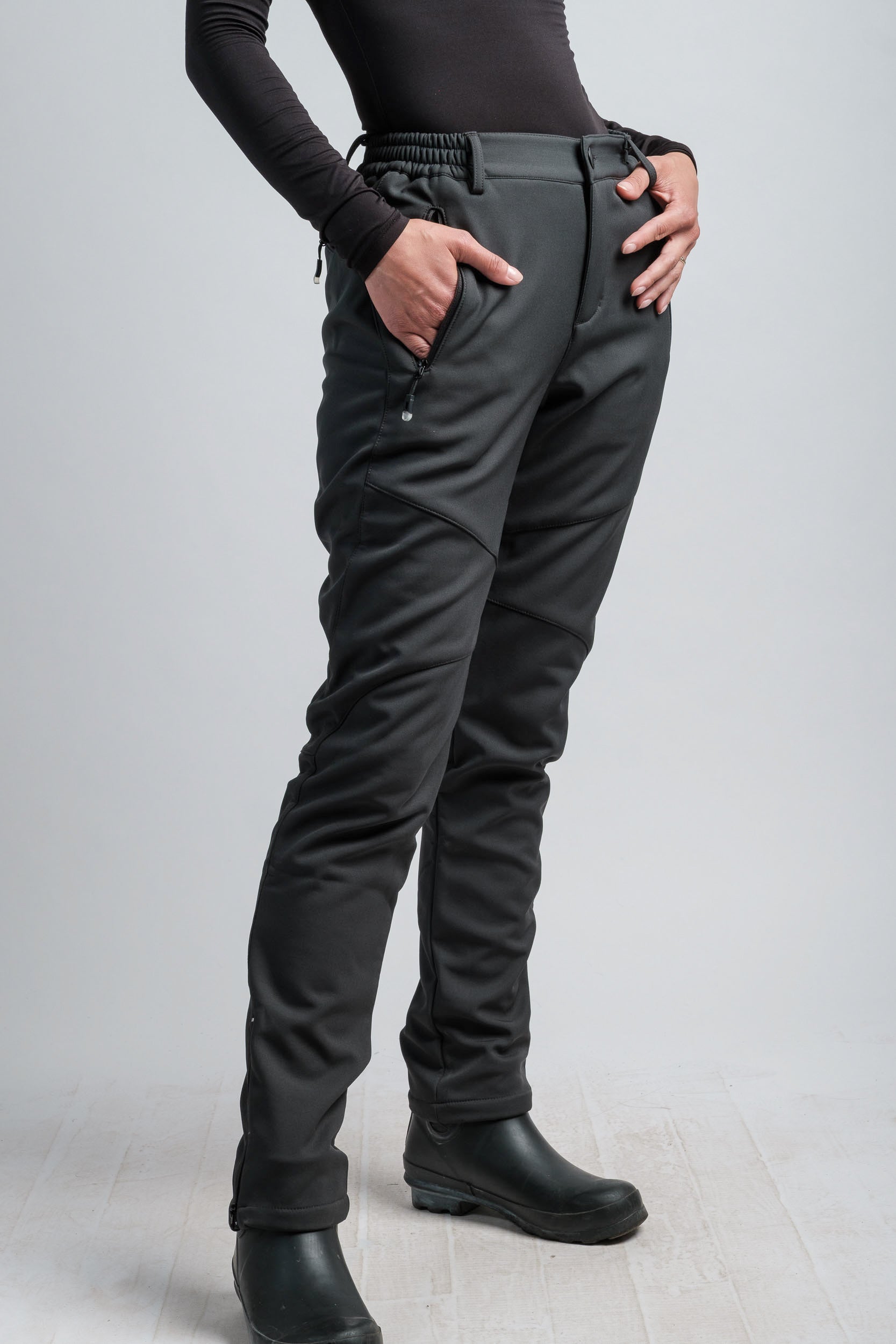
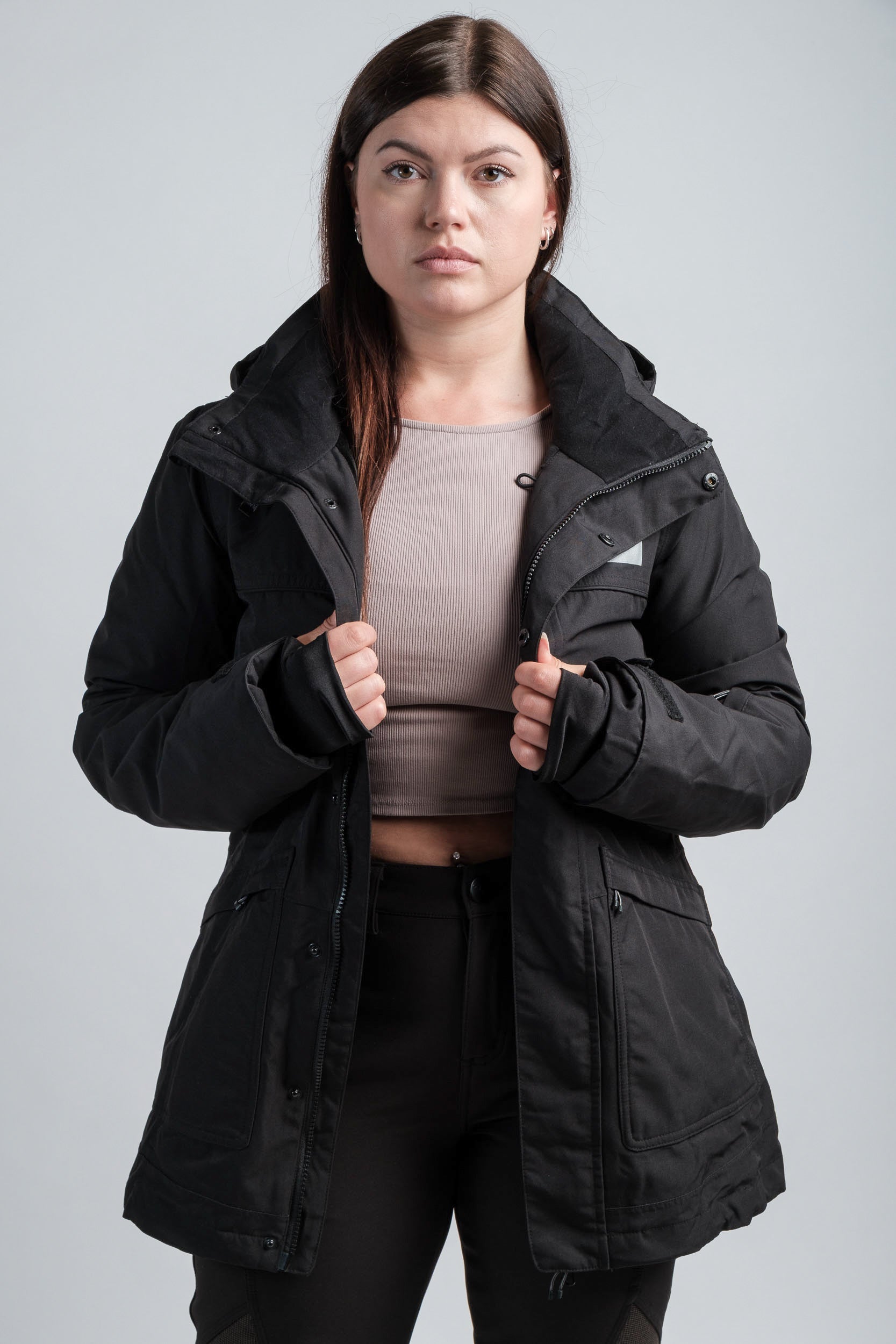
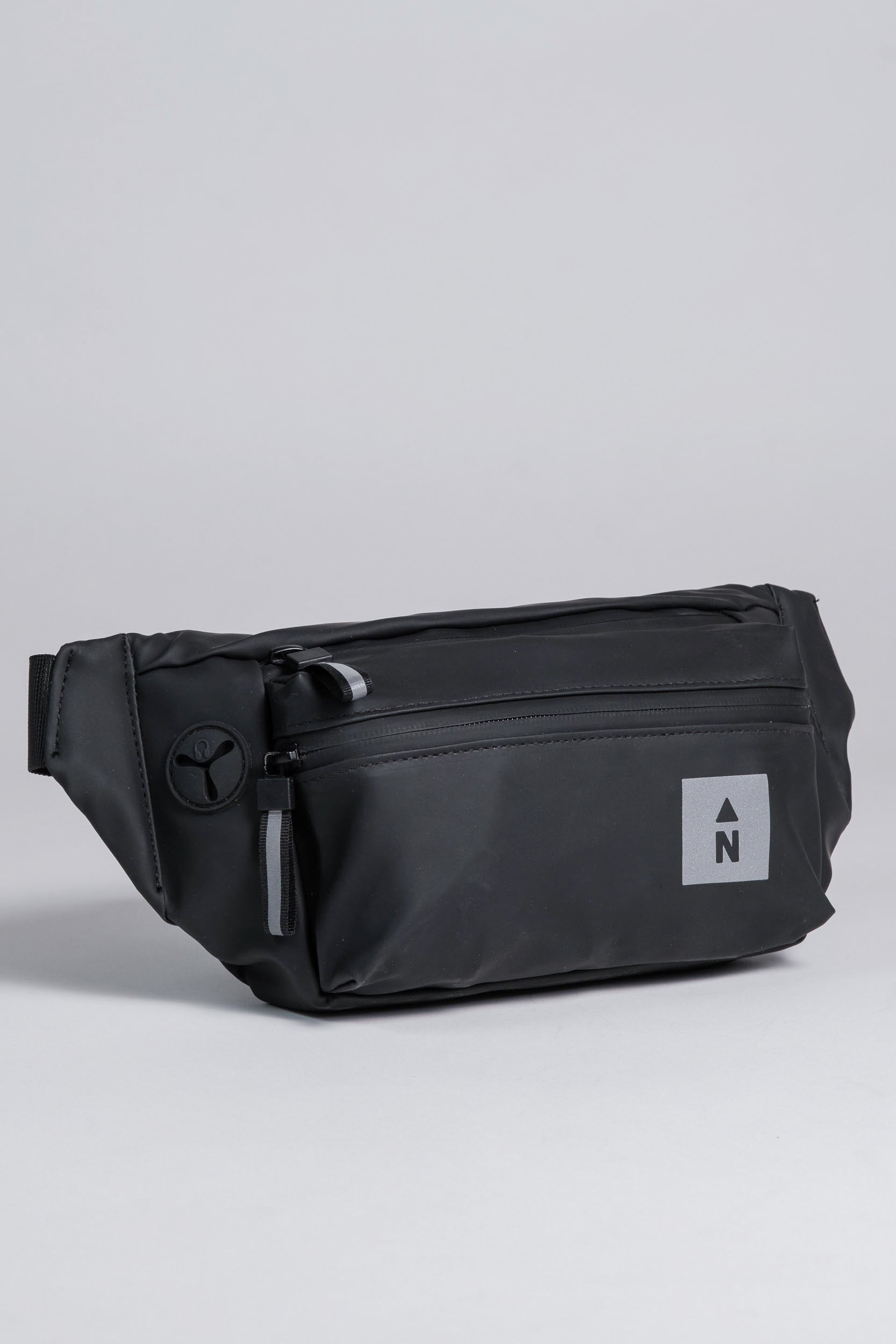
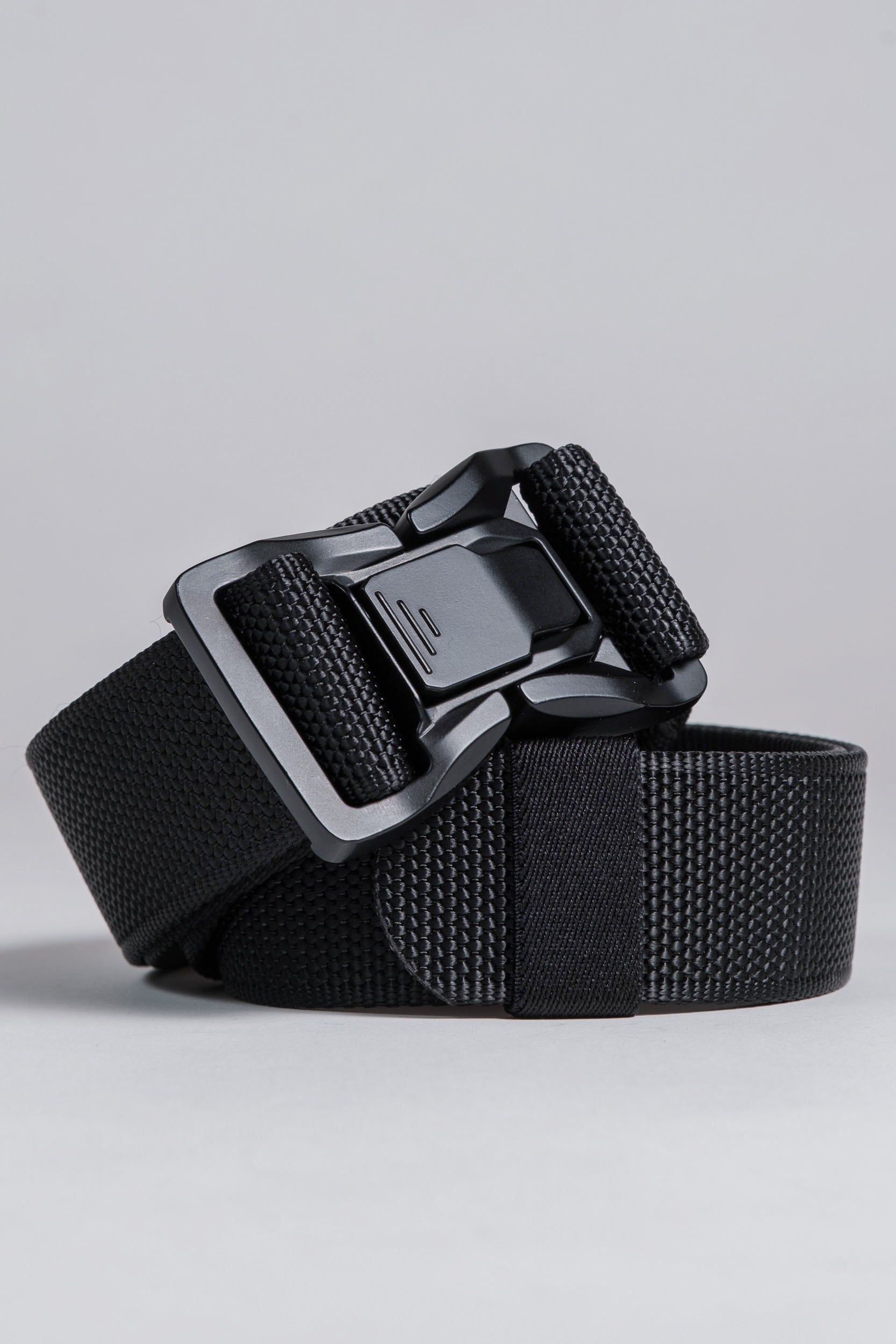
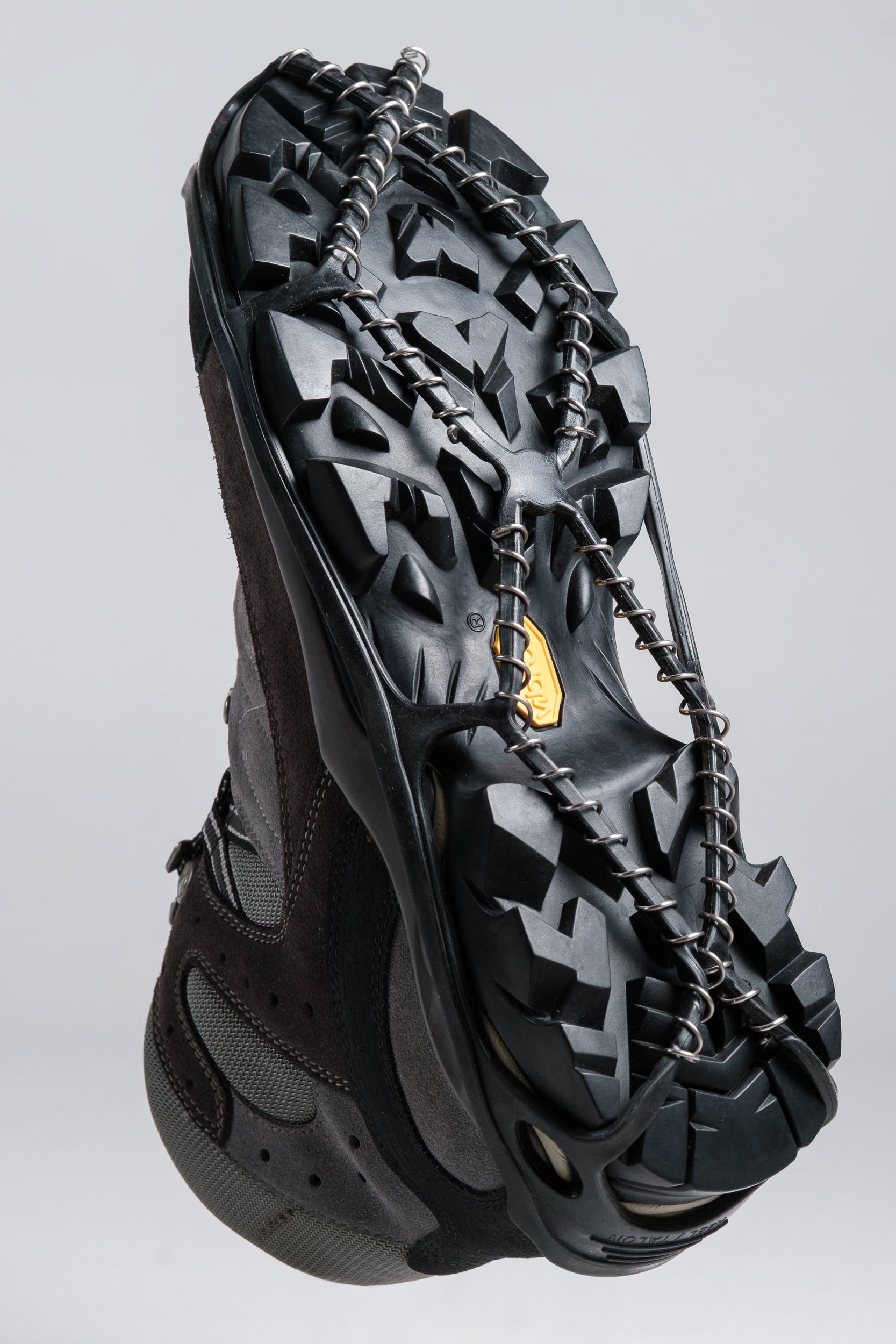
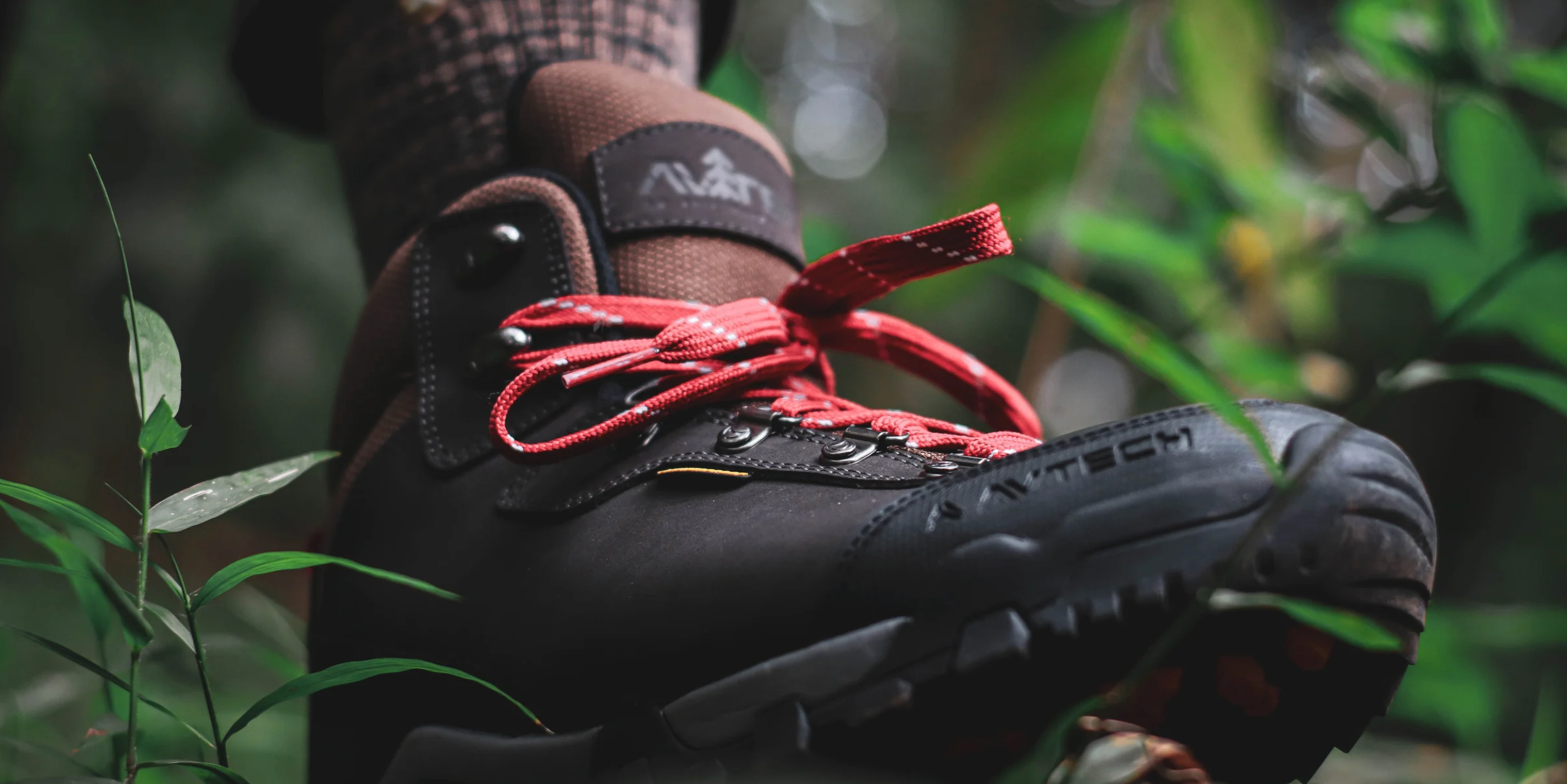
Leave a comment
All comments are moderated before being published.
This site is protected by hCaptcha and the hCaptcha Privacy Policy and Terms of Service apply.